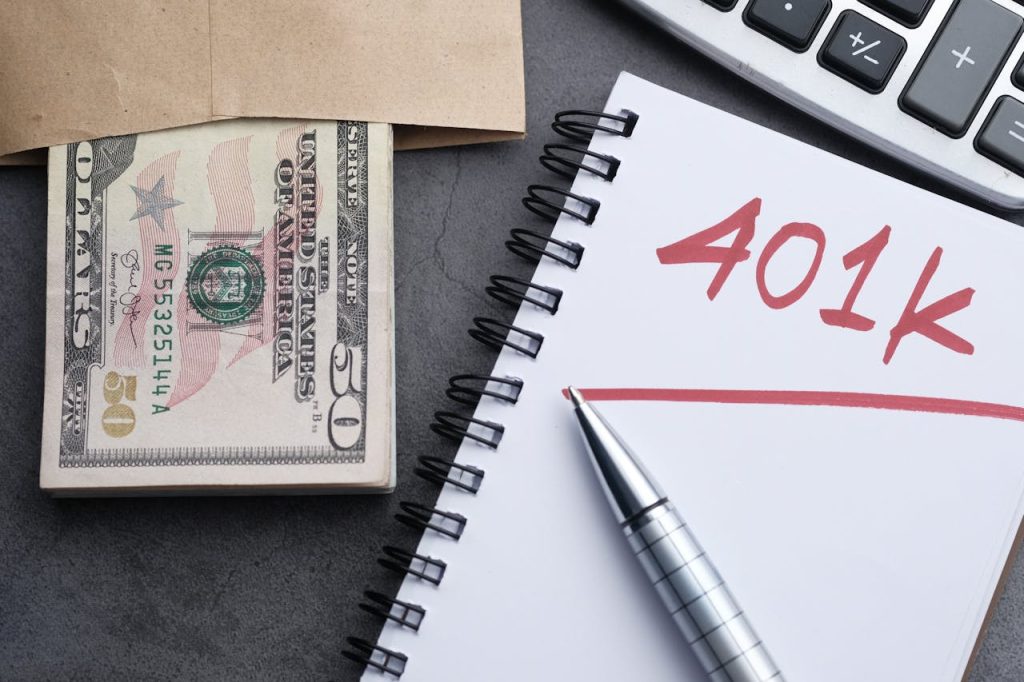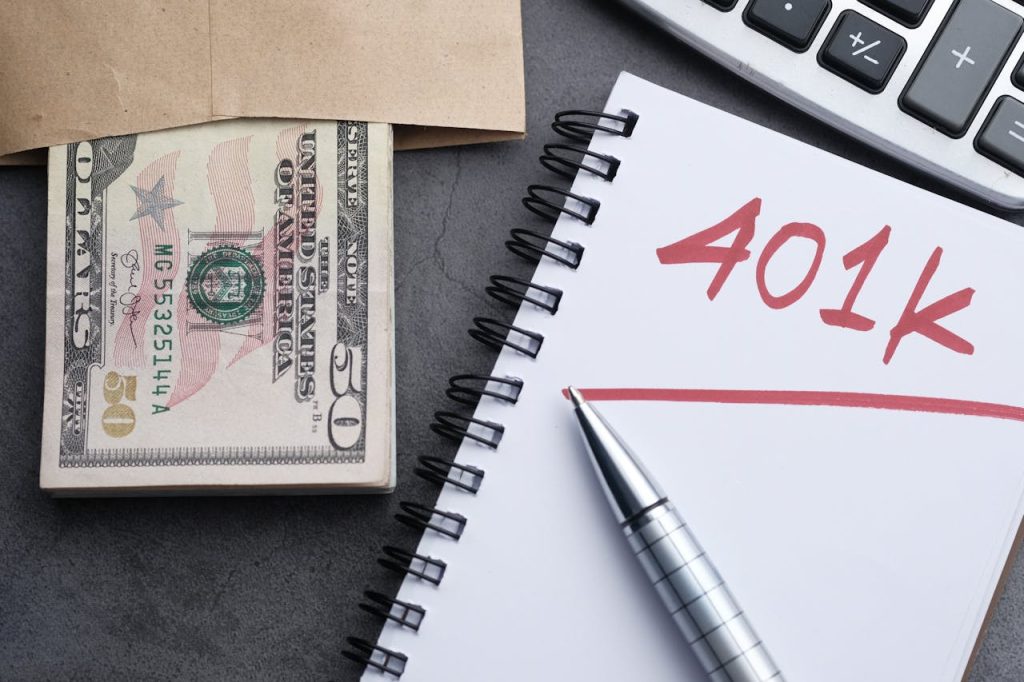
Image Source: pexels.com
Retirement funds are supposed to be your safety net. You work for decades, save what you can, and hope your money grows enough to support you later. But there’s a problem many people miss: fees. These costs can quietly chip away at your savings, sometimes without you even noticing. Over time, small fees can add up to thousands of dollars lost. If you want your retirement fund to last, you need to know how fees work and where they hide. Here’s how retirement funds are quietly being eaten by fees—and what you can do about it.
1. Expense Ratios That Seem Small but Add Up
Expense ratios are the annual fees charged by mutual funds and ETFs. They cover the cost of managing the fund. At first glance, a 0.5% or 1% fee doesn’t look like much. But over 20 or 30 years, that small percentage can eat a big chunk of your retirement fund. For example, if you invest $100,000 and your fund charges a 1% expense ratio, you’ll pay $1,000 every year. As your balance grows, so does the fee. Over the decades, this can mean tens of thousands lost. Always check the expense ratio before you invest. Lower is usually better. Even a difference of 0.5% can mean thousands more in your pocket by retirement.
2. Hidden Administrative Fees
Many retirement accounts, like 401(k)s, come with administrative fees. These cover recordkeeping, customer service, and other plan costs. Sometimes, these fees are buried in the fine print or bundled with other charges. You might not notice them unless you look at your statements closely. These fees can be flat or based on a percentage of your assets. Either way, they reduce your returns. Ask your plan administrator for a breakdown of all fees. If your plan is expensive, consider rolling over to an IRA with lower costs when you leave your job.
3. Advisor Fees That Don’t Always Add Value
Some people pay a financial advisor to manage their retirement funds. Advisors often charge a percentage of your assets, usually around 1%. This is on top of the fund fees you already pay. If your advisor isn’t providing clear value—like a solid financial plan or tax advice—you might be paying too much. Robo-advisors and self-directed accounts can be cheaper options. If you use an advisor, ask exactly what you’re paying and what you’re getting in return. Don’t be afraid to shop around or negotiate.
4. Transaction Fees and Trading Costs
Every time you buy or sell an investment, you might pay a transaction fee. Some funds charge sales loads, which are commissions paid when you buy or sell shares. Others have trading fees for each transaction. These costs can add up, especially if you trade often or your plan uses high-turnover funds. Look for no-load funds and accounts with free or low-cost trading. The less you pay in transaction fees, the more of your money stays invested.
5. Account Maintenance and Inactivity Fees
Some retirement accounts charge maintenance fees just for keeping your account open. Others penalize you if you don’t make regular contributions or trades. These fees can be small, but over time, they add up. If you have old accounts from previous jobs, check if you’re being charged for inactivity. Consolidating accounts can help you avoid these fees and make your retirement savings easier to manage.
6. High-Cost Investment Options
Not all investment options in your retirement plan are created equal. Some funds, especially actively managed ones, have higher fees than others. These funds promise better returns, but most don’t outperform cheaper index funds over time. High-cost funds can quietly drain your retirement fund, even if the market is doing well. Stick with low-cost index funds or ETFs when possible. They usually have lower fees and perform just as well, if not better, than expensive alternatives. Morningstar’s research shows that lower-cost funds tend to outperform over the long run.
7. Fees for Early Withdrawals and Loans
Taking money out of your retirement fund before age 59½ usually means paying a penalty, often 10%, plus taxes. Some plans also charge fees for taking loans or making early withdrawals. These costs can take a big bite out of your savings. If you’re thinking about tapping your retirement fund early, look at all the fees and penalties first. Try to find other ways to cover expenses if you can. Your future self will thank you.
8. Inflation-Related Costs Hidden in Fees
Inflation eats away at your purchasing power, but some fees make it worse. If your fund charges high fees, your returns might not keep up with inflation. Over time, this means your money buys less, even if your account balance looks bigger. Focus on keeping fees low so your investments have a better chance of outpacing inflation.
9. Revenue Sharing and Conflicted Advice
Some retirement plans include funds that pay the plan provider to be included in the lineup. This is called revenue sharing. It can lead to higher fees and limited choices for you. Sometimes, advisors recommend funds that pay them more, not what’s best for you. Always ask if your advisor or plan provider receives compensation from the funds they recommend. If so, look for unbiased advice elsewhere.
Protecting Your Retirement Fund from Fee Erosion
Fees are everywhere, but you don’t have to let them eat your retirement fund. Review your statements, ask questions, and compare your options. Even small changes—like switching to lower-cost funds or consolidating accounts—can make a big difference over time. The more you keep, the more you’ll have for the retirement you want.
How have fees affected your retirement savings? Share your story or tips in the comments.
Read More
Researching Mutual Funds (or How to Cure Insomnia)

Travis Campbell is a digital marketer/developer with over 10 years of experience and a writer for over 6 years. He holds a degree in E-commerce and likes to share life advice he’s learned over the years. Travis loves spending time on the golf course or at the gym when he’s not working.



